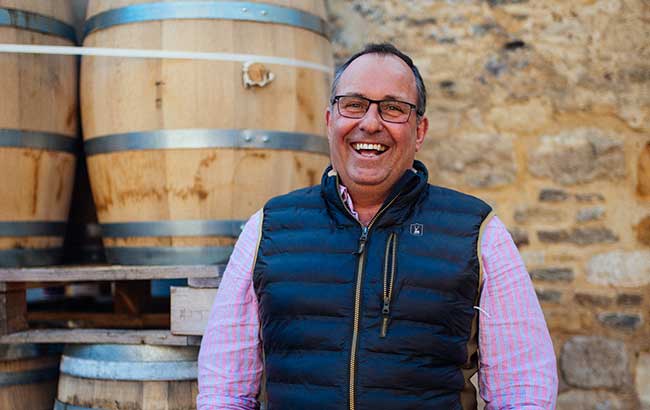A drink with… Dave Smith, Oxford Artisan Distillery
The CEO of the UK’s The Oxford Artisan Distillery talks about its expansion plans, and establishing a geographical indicator (GI) for English whisky.

How will your recent investment from Distill Ventures help the distillery?
It will predominantly allow us to scale up our production process. We’ve been artisan in not just whisky but the volume we produce, so we will triple our production capacity on our current site as a result of the plans, which is very exciting. The second part is that we will have more whisky available. At the moment we’re a UK-centric brand. We have some initial export markets, such as Norway and Germany, but as more whisky becomes available we’ll work to identify the other key export markets that will help our growth plan.
Which markets are you looking at?
We’re looking to the US, where there is an established rye-drinking culture. We hope that we can bring a bit of an international twist to that; that would offer a strong opportunity for us.
What is the production capacity? And what stage are you at with the expansion?
It’s roughly 30,000 litres of pure alcohol a year. So our initial production increase will take us on this site to 100,000 litres a year. We would like to be commissioning this time next year but we are on a very historical site, an old farm in the centre of Oxford. So we will have to work very closely with our stakeholder partners such as the Oxford Preservation Trust and Oxford City Council. We’re now in a pre-planning application stage.
What will be included in the distillery expansion plans?
We will bring another still onto the site, working together with our rather unusual still producer, South Devon Railway. We are also going to enhance the visitor experience, and increase the visitor capacity. We also want to supply services to the park that we’re in, providing restrooms and food and drinks to users, whether they’re using the distillery or not. Our objective is to make it a community asset, where the community can do yoga or theatre or dancing, whatever it might be, and use that space free of charge. We’re giving something back to the community around us.
What do you have planned for future releases?
We will continue to make gin and vodka but the focus is on whiskey. So, in the short term, we will continue as we have done so far to be a small batch producer. And then in the medium to longer term, we will start to look at a significant blend. We would then look to scale in the longer term. But we will focus on our small batch special releases in the short term.
Will you have a permanent whisky?
We think that would be something that would probably start to appear in 2024. We’ll have a signature brand. But we’ll still have a proportion of the whisky we sell that will celebrate our farming, so we can do single estate, and take the same mash bill and grow it on different terrain to be able to show that there is a difference between two grains grown in different places.
How is the geographical indication (GI) for English whisky progressing?
There’s a healthy debate around how we should be defining which whisky. I think that debate hasn’t finished, and I guess that’s where I would sit publicly on that. I think that the objective, which is shared between those who are members of the English Whisky Guild and those who aren’t, is to allow a level of innovation for English whisky that allows all distillers to express whiskeys the way they want to but making sure that we keep to a standard. There’s a fair degree of other legislation and other trade agreements that needs to be considered for it to be able to become a GI.
Related news
Cocktail stories: Speed Bump, Byrdi
